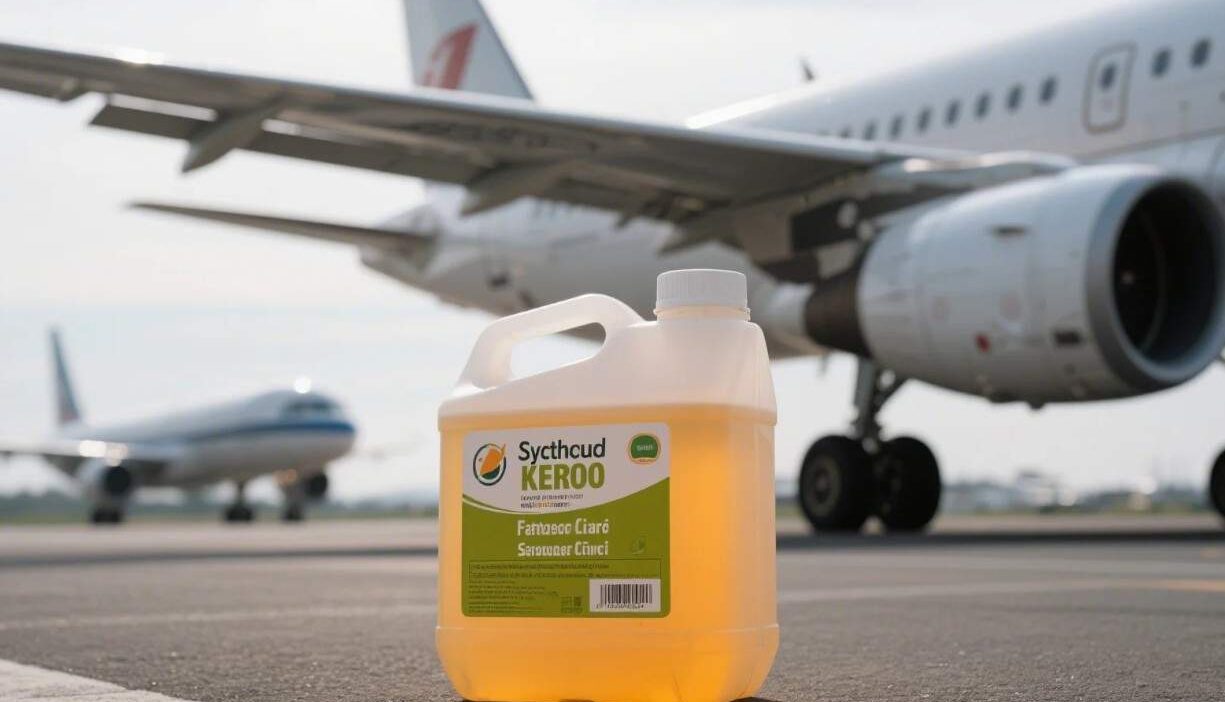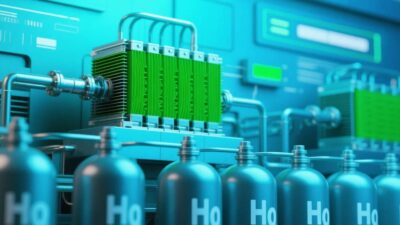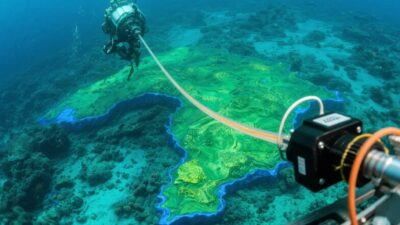The Need for Sustainable Aviation Solutions
As the world grapples with climate change, the aviation industry faces increasing pressure to reduce its carbon footprint. While electric and hydrogen-powered flight may eventually revolutionize short-haul travel, long-haul aviation remains dependent on liquid fuels. Synthetic kerosene (also called sustainable aviation fuel or e-kerosene) has emerged as a promising solution to decarbonize air travel without compromising global connectivity.
This comprehensive article explores every aspect of synthetic kerosene, from production methods to market adoption, environmental benefits, and future prospects.
What Is Synthetic Kerosene?
Definition and Composition
Synthetic kerosene is a liquid hydrocarbon fuel chemically identical to conventional jet fuel but produced from non-fossil sources. It can be:
- Power-to-Liquid (PtL): Made from green hydrogen (produced via electrolysis) and captured CO₂.
- Bio-based: Derived from biomass (e.g., waste oils, agricultural residues).
Key Properties
- Same energy density as fossil kerosene (critical for long-haul flights).
- Drop-in compatible with existing aircraft engines and infrastructure.
- Net-zero emissions potential when produced with renewable energy.
How Is Synthetic Kerosene Produced?
Power-to-Liquid (PtL) Process
- Green Hydrogen Production: Electrolysis powered by wind/solar splits water into H₂ and O₂.
- CO₂ Capture: Direct Air Capture (DAC) or industrial emissions are collected.
- Fischer-Tropsch Synthesis: H₂ and CO₂ are converted into hydrocarbons via catalytic reactions.
- Refining: The raw product is refined into jet fuel.
Bio-based Kerosene
- Derived from waste biomass (e.g., used cooking oil, forestry residues).
- Processed via hydroprocessing or gasification to create synthetic fuels.
Hybrid Approaches
Some projects combine bio-feedstocks with green hydrogen to enhance efficiency.
Environmental Benefits
Carbon Neutrality Potential
- PtL kerosene: Emissions are recaptured during production, making it carbon-neutral if powered by renewables.
- Bio-kerosene: Reduces lifecycle emissions by 80-90% compared to fossil fuels.
Air Pollution Reduction
- Burns cleaner than conventional jet fuel, reducing soot and sulfur emissions.
Scalability Challenges
- Current production is energy-intensive and expensive (~2-5x fossil kerosene cost).
- Requires massive renewable energy deployment for large-scale viability.
Market Adoption and Industry Initiatives
Regulatory Support
- EU ReFuelEU Aviation: Mandates increasing SAF blends (including synthetic kerosene) from 2025.
- US Inflation Reduction Act: Provides tax credits for clean fuel production.
- International Civil Aviation Organization (ICAO): Promotes SAF under CORSIA.
Key Players and Projects
| Company | Project | Location | Capacity |
|---|---|---|---|
| Lufthansa + Synhelion | Solar kerosene pilot | Switzerland | Small-scale |
| Shell + Siemens Energy | PtL demo plant | Germany | 10,000 tons/year |
| Norsk e-Fuel | Power-to-Liquid plant | Norway | 10 million liters/year (planned) |
Airlines Committing to SAF
- KLM, United, Lufthansa, Emirates have tested synthetic kerosene flights.
- Qantas aims for 10% SAF by 2030.
Economic and Technical Challenges
High Production Costs
- Green hydrogen remains expensive (~1-2/kg for fossil-based H₂).
- CO₂ capture and refining add significant costs.
Infrastructure Gaps
- Limited dedicated production facilities.
- Requires new pipelines or shipping logistics for distribution.
Certification and Standardization
- ASTM D7566 governs SAF blends (up to 50% synthetic currently approved).
- Full 100% synthetic kerosene certification is in progress.
Future Outlook and Innovations
Cost Reduction Pathways
- Economies of scale (larger plants, cheaper renewables).
- Technological breakthroughs in electrolyzers and CO₂ capture.
Hybrid Fuel Strategies
- Blending synthetic kerosene with biofuels to balance costs and sustainability.
Long-Term Vision
- 2030: 1-2% of global jet fuel from synthetic sources.
- 2050: Potential for 30-50% of aviation fuel to be synthetic.
A Key Pillar for Decarbonizing Aviation
Synthetic kerosene is not a silver bullet but a critical component of the aviation industry’s net-zero strategy. While challenges remain in cost and scalability, rapid advancements in renewable energy and policy support are accelerating its adoption.
For long-haul flights—where battery-electric and hydrogen propulsion are impractical—synthetic kerosene offers the only viable path to sustainable air travel.



